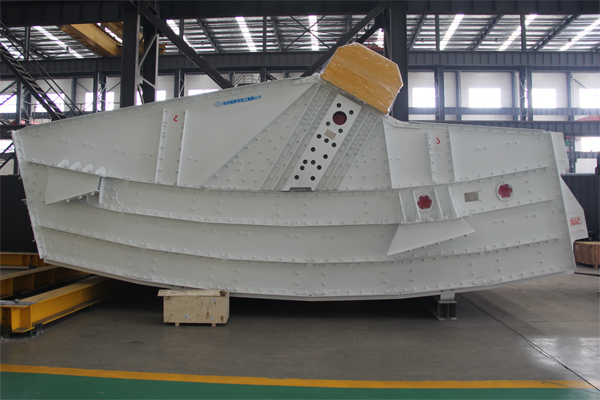What are the main features of horizontal screen
A horizontal screen, also known as a horizontal vibrating screen, is a type of screening equipment used in various industries, including mining, construction, aggregate processing, and recycling. It is designed to separate and classify particles or materials based on their size. Unlike vertical screens, where the screening surface is oriented vertically, horizontal screens have a horizontal orientation, with the material fed along the length of the screen.
The key features and functions of a horizontal screen

Screening Surface
A horizontal screen consists of a large, flat screening surface that vibrates horizontally. This surface is typically made of woven wire mesh, polyurethane, rubber, or other materials with openings of varying sizes.
Vibrating Mechanism
Horizontal screens are equipped with a vibrating mechanism, such as an eccentric shaft with counterweights, which imparts a linear or elliptical motion to the screen deck. This motion causes the material on the screen surface to move and be stratified.
Material Feed
Material is fed onto the screen deck from one end, typically through a feeder or conveyor. The horizontal orientation allows for efficient material distribution and ensures that the material spreads evenly across the screen surface.
Screening and Separation
As the material moves along the length of the horizontal screen, particles that are smaller than the openings in the screen surface fall through, while larger particles are retained. This separation process classifies the material into different size fractions.

Multiple Deck Configurations
Horizontal screens can have single or multiple decks, stacked on top of each other. Multi-deck configurations allow for the sorting of material into several size categories simultaneously.
Adjustable Angle
Some horizontal screens have an adjustable screen angle, which can be tilted to fine-tune the screening process or change the material flow pattern.
Dewatering (Optional)
In some applications, horizontal screens are equipped with dewatering features, such as drainage panels or mechanisms, to remove excess moisture from the screened material.

Variety of Applications
Horizontal screens are used in a wide range of applications, including scalping (removing oversized material), sizing (classifying particles by size), de-watering, and washing of materials like aggregates, minerals, coal, sand, and more.
High Capacity
Horizontal screens are often chosen for their high capacity and efficiency in processing large volumes of material.
Maintenance and Accessibility
They are designed for ease of maintenance and accessibility to components, which simplifies maintenance and reduces downtime.
Horizontal screens play a crucial role in various industries by enabling the efficient and precise separation of materials based on their size and other characteristics. Their versatility and ability to handle a wide range of materials make them valuable pieces of equipment in processing and screening operations.



